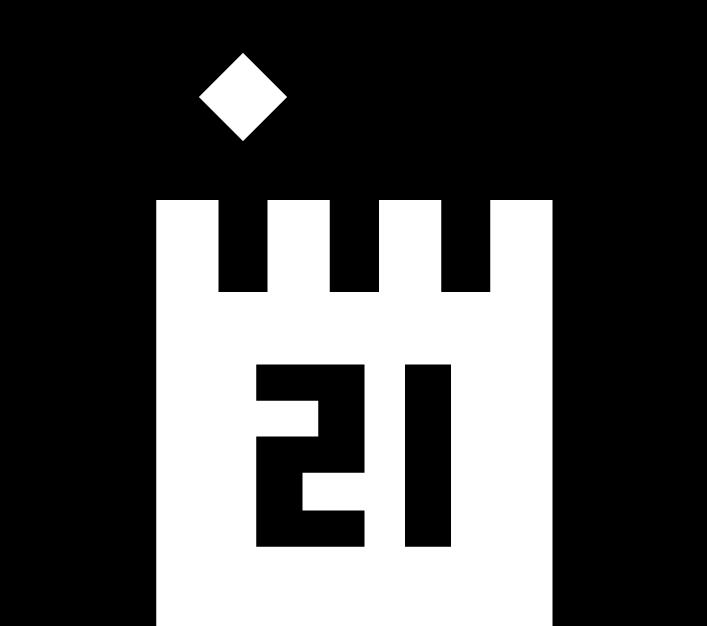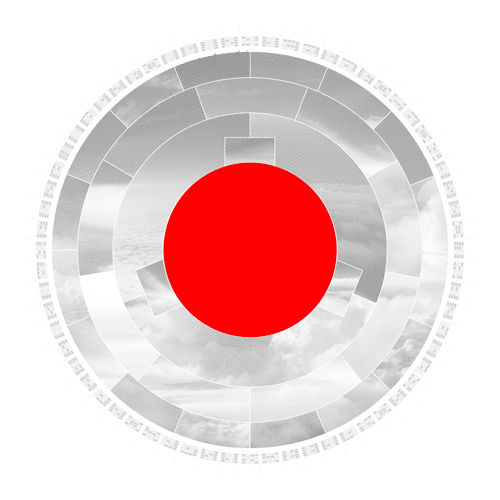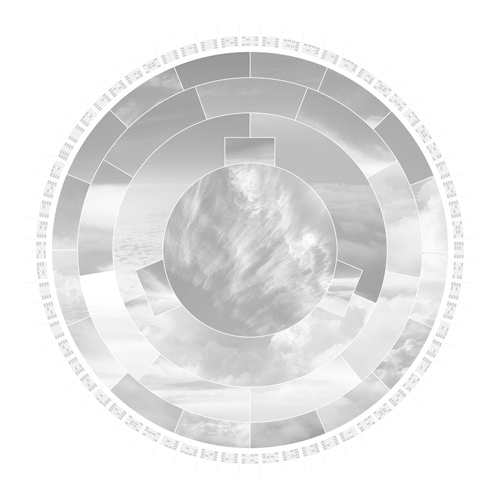Bitcoin Hashing Visualization
by Martin Lukas Ostachowski | June 21st, 2020 | vol.3
My current body of work explores technical blockchain concepts, which I try to visualize for a broader audience.
One of the ideas which stuck with me is hashing and its power to verify the integrity of data securely. It inspired this visualization project entitled Cloud Hashes, which I used to introduce visitors to the process of hashing during my blockchain-themed art exhibition. The artwork itself consists of three animated digital artworks; in addition, I created a limited print edition of 5 each.
Framed Cloud Hashes during my solo exhibition entitled Tropopause Contemplation – Blockchain Technology and Inclusive Decentralization.
SHA-256 Background
Since Bitcoin uses the SHA-256 algorithm, my artwork visualizes and references many elements of this hash function. SHA stands for Secure Hash Algorithm and 256 for the number of bits. Designed by the NSA, this SHA-256 algorithm creates a unique fingerprint of any text or file mathematically. This unique fingerprint is called the hash. What makes it secure and desirable is that with the slightest modification of the original text, the output hash is entirely different.
Example 1: “bitcoin art” results in the following hash:7A301DA38D32EEBEED32F9F16B5CFBA17E2242F48A41DA2CD176269C45E716BEExample 2: “Bitcoin art” with a capital B leads to the following hash:44ADAD89E2820A82832C0938C6C1939D4E9423EF77FC1E275A7101E76B70A3E3It is just as easy to verify the integrity of vast amounts of data, i.e. the contents of all books ever written, as they can be hashed to the exact same-length output hashes. In the following, I will deconstruct some of my SHA-256 algorithm references.
Cloud Hashes – Deconstructed
In a nutshell, the center photo represents the input, which leads to the creation of a SHA-256 hash in the outer ring. The rings in between represent the several stages the algorithm works through to convert this input to an output hash.
In the first step, the hashing algorithm splits the input image into its fundamental parts.
The algorithm converts the input to binary code and pads it with additional bits to comply with its specified length to operate further.
The compression algorithm then mathematically slices, stretches, shuffles and scatters the data iteratively. Even the slightest change to the initial input image drastically changes the result of each iteration. This desirable effect is called the avalanche effect.
In the last step, the algorithm converts the binary code to base-16, a hexadecimal numeral system. The 16 segments in this ring represent the possible values 0-9 and A to F. The hexadecimal format is the format we humans interact with hashes since it is substantially shorter.
The outer ring shows the real SHA-256 hash. Sixty-four blocks build the 64 alphanumerical characters of the output hash. Each block consists of 4 binary bits, which allow precisely 16 possible values.
To better visualize the hexadecimal value, I created a readable small-caps font based on this grid of 16.
Tokenized Cloud Hashes
In the animation, the input image in the centers turns in 70 degrees intervals, and the hash algorithm starts subsequently processing through all stages and generates output hashes.
Since the videos would be identical but for their starting point, I have worked with Colorado-based audio engineers Alex Scott and Callum Bair on the creation of three different ambient soundtracks to make the videos as distinct as their hashes.
I created limited print editions of 5 for each of the Cloud Hashes. The three animations shown below serve as the respective augmented reality layer for the prints and can be brought to life with the free Artivive app for iOS and Android.
Not Nerdy Enough?
Trying to crack the initial message of a hash would currently take even supercomputers years. Hence the best method appears to be guessing, but with 2^256 possible combinations, it is highly unpromising. The number is close to the number of atoms in the known visible universe.
Bitcoin uses two hash algorithms, SHA-256 and RIPEMD-160. One can consider this as a belt and suspender solution.
Polish-born Martin Lukas Ostachowski (1984) is a German artist based in Canada, who explores geometric abstraction and minimalism using physical and digital languages through the use of technologies like Bitcoin.
Being a frequent flyer for work, and flying for personal reasons since he was four, a fascination about clouds and their peculiarity of being intangible while remaining relatable became Martin’s main art subject. A major role in his art is played by technology, above all blockchain. His current body of work explores the architecture of the Bitcoin blockchain through the subject of clouds. Through data visualizations, animations, digital and physical pieces, he aims to make this complex technology accessible in order to spark discussions on its profound transformative potential for society, a better future, wealth and new socio-economic systems.








